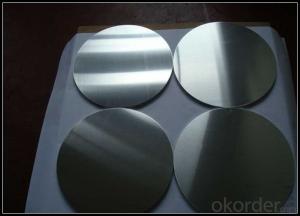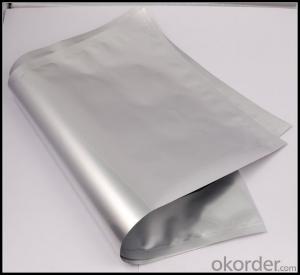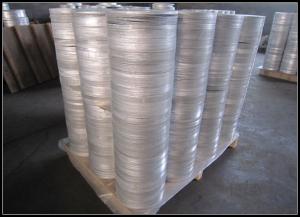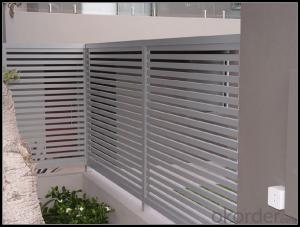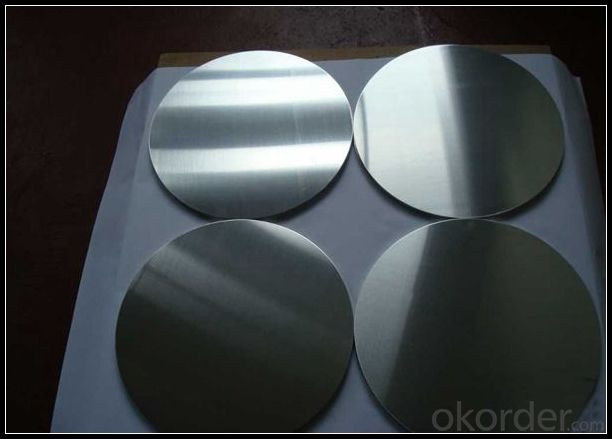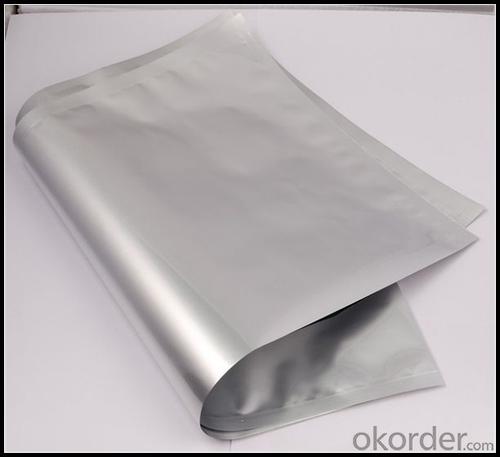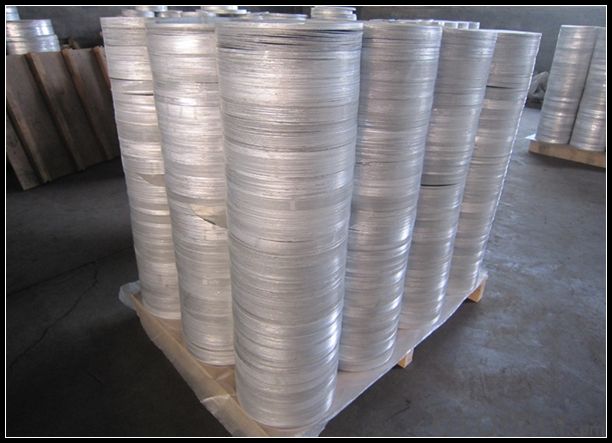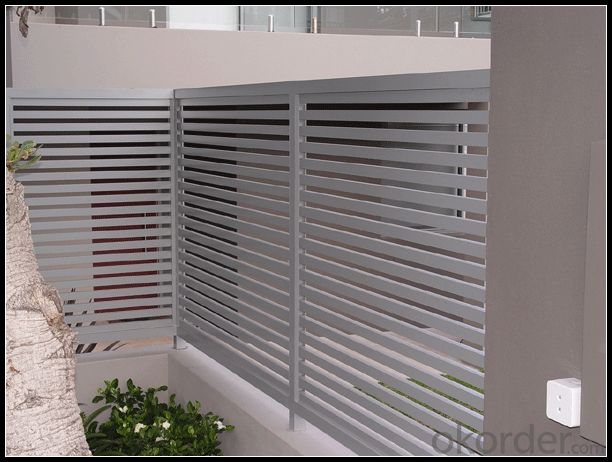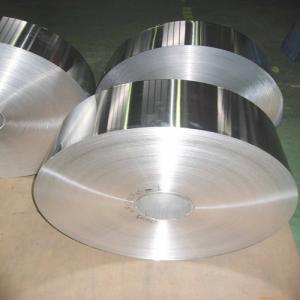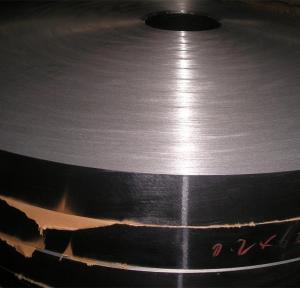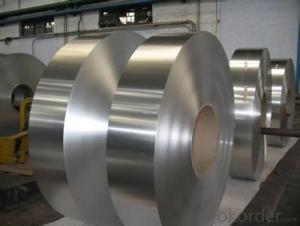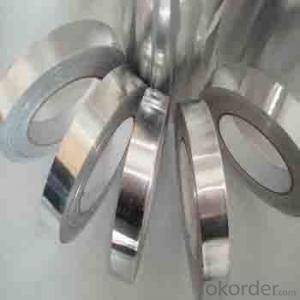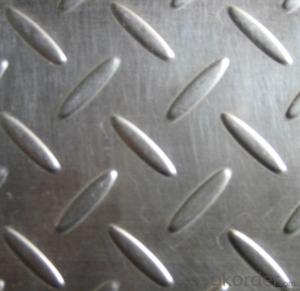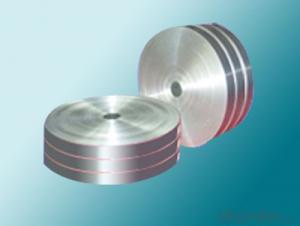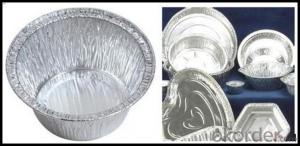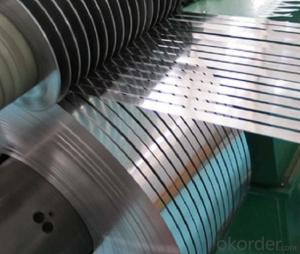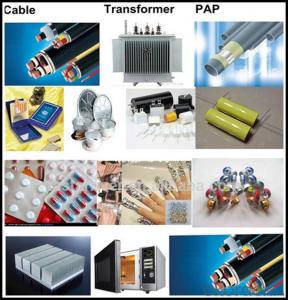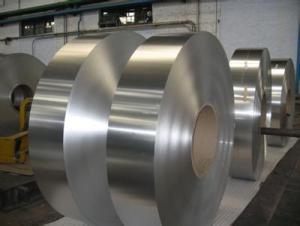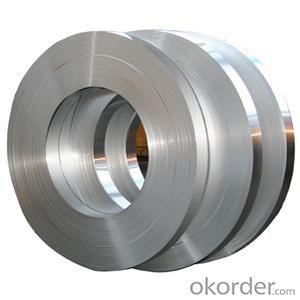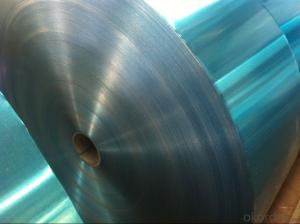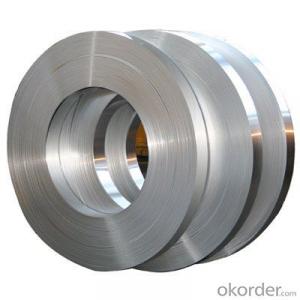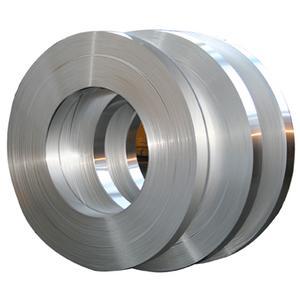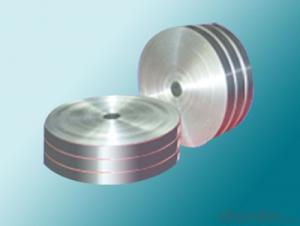Malleable Aluminum Strips - 1xxx Series Decorative Embossed Aluminum
- Loading Port:
- Tianjin
- Payment Terms:
- TT OR LC
- Min Order Qty:
- 1 m.t.
- Supply Capability:
- 4999 m.t./month
OKorder Service Pledge
OKorder Financial Service
You Might Also Like
Specification
1. Specification of Aluminum
1) Alloy | 1050, 1060,1100, 3003 3004 3105 3005 5005 5052 etc |
2) Temper | O/H12/H14/H1/H18/H32/H34/H36/H38//H111/H112/H116/H321/T6/T651/T3/T351 etc |
3) Thickness | 0.1mm to 6mm |
4) Width | 20mm to 3300mm |
5) Coil weight | 100kgs to 6 tons depends on actual requirement |
6) Core material | Aluminum alloy |
7) Coil Inner diameter | 76mm, 152mm,or as required |
2. Application of Aluminum
(1).Interior: wall cladding, ceilings, bathrooms, kitchens and balconies, shutters, doors...
(2).Advertisement: fascia, shop fronts...
(3).Exterior: wall cladding, facades, roofing, canopies, tunnels,column covers , renovations..
3. Feature of Aluminum
Aluminium is a very light metal with a specific weight of 2.7 g/cm3, about a third that of steel. For example, the use of aluminium in vehicles reduces dead-weight and energy consumption while increasing load capacity. Its strength can be adapted to the application required by modifying the composition of its alloys.
4. Certificate:
SGS and ROHS(if client request, paid by client), MTC(plant provided), Certificate of Origin(FORM A, FORM E, CO), Bureau Veritas and SGS (if client request, paid by client), CIQS certificate
5. Image of Aluminum
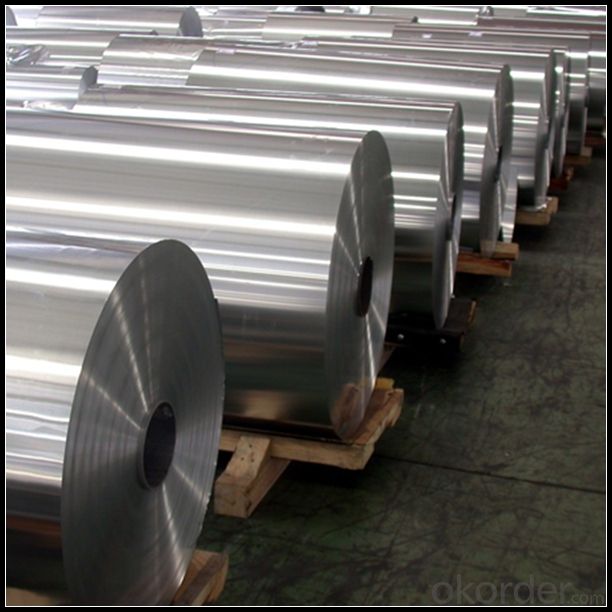
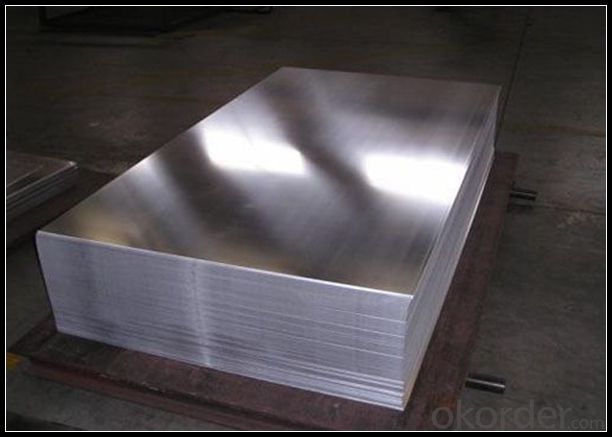
6. Our Service
1. Reply your enquiry in 24 working hours. |
2. OEM, buyer design, buyer label services provided. |
3. Exclusive and unique solution can be provide to our customer by our well traned and professional engineers and staffs. |
4. We can provide free sample for your check |
5. We have the certification of ISO 9001 |
6. Timely delivery |
7. Special discount and protection of sales area provided to our distributor. |
8. Good after-sale service. |
7. FAQ
Q: What is the produce prase? | ||||
A: Normally it would be 40days after received your deposit. | ||||
Q: Can you provide free samples? | ||||
A: Yes, free samples will be sent to you on freight at destination. | ||||
Q: Can I get your latest catalogue? | ||||
A: Yes, it will be sent to you in no time. | ||||
Q: What is the MOQ? | ||||
A: 3 tons | ||||
Q: What are your payment terms? | ||||
A: We accept L/C, D/A, D/P, T/T, West Union,etc. |
- Q: What characteristics of aluminum strips make them ideal for construction purposes?
- <p>Aluminum strips are suitable for use in construction due to several key properties. They are lightweight, which reduces the load on structures and makes them easier to handle and install. They possess high strength-to-weight ratio, ensuring durability and resistance to deformation. Aluminum strips are also corrosion-resistant, protecting against rust and other forms of decay, which is crucial for long-term structural integrity. Their excellent thermal conductivity aids in heat management, which is beneficial in both heating and cooling applications. Furthermore, aluminum strips are malleable and can be easily shaped and bent, allowing for versatile design and construction. Lastly, they are recyclable, contributing to sustainability and reducing environmental impact.</p>
- Q: What are the safety regulations concerning the use of aluminum strips in construction?
- <p>Yes, safety regulations apply to the use of aluminum strips in construction work. These regulations vary by country and region but generally include adherence to material standards, proper handling and installation procedures, and compliance with electrical and fire safety codes. For instance, in the United States, the Occupational Safety and Health Administration (OSHA) sets guidelines for safe construction practices, which may include specific requirements for using aluminum strips. Additionally, the American Society for Testing and Materials (ASTM) provides material standards for aluminum strips used in construction. It is crucial to consult local building codes and industry standards to ensure compliance with all applicable safety regulations when using aluminum strips in construction projects.</p>
- Q: The question asks for the cost of an aluminum strip.
- <p>The cost of an aluminum strip varies greatly depending on factors such as its size, thickness, quality, and market demand. Prices can range from a few dollars for small, thin strips to hundreds or even thousands for large, thick, or high-quality strips. To get an accurate price, it's best to check with suppliers or online marketplaces for current rates based on the specific dimensions and grade of aluminum you require.</p>
- Q: Is it possible to manufacture high-quality aluminum strips exclusively from recycled materials?
- <p>Yes, high-quality aluminum strips can be made from recycled materials. The recycling process allows for the production of aluminum that is often indistinguishable from primary aluminum in terms of quality. Recycling aluminum is more energy-efficient and has a lower environmental impact compared to mining and refining new aluminum. The process involves melting the scrap aluminum, which can be sourced from various products, and then casting it into new forms, such as strips. This not only conserves resources but also reduces waste, making it a sustainable practice in the aluminum industry.</p>
- Q: What unique considerations must be taken into account when storing and transporting aluminum strip stock?
- <p>Yes, there are special requirements for storing and transporting aluminum strip stock. Aluminum is sensitive to moisture and can corrode, so it must be kept dry. It's also important to avoid scratches and dents, which can occur if the material is mishandled. Aluminum strip stock should be stored in a clean, dry environment, away from chemicals that could cause corrosion. When transporting, it should be secured to prevent movement that could lead to damage. Protective coverings or wrappings are often used to shield the material from the elements and potential physical impacts.</p>
- Q: This question asks for methods to clean and maintain aluminum strips to ensure their longevity and functionality.
- <p>To clean and maintain aluminum strips, start by using a soft cloth or sponge with warm soapy water to gently remove dirt and grime. Avoid abrasive materials that could scratch the surface. After cleaning, rinse thoroughly with clean water and dry immediately to prevent water spots. For stubborn stains, a mild detergent or a specialized aluminum cleaner can be used. Regularly inspect the strips for signs of corrosion or damage and address these promptly. Apply a protective coating if needed, especially in outdoor applications, to prevent oxidation. Keep aluminum strips away from harsh chemicals and extreme temperatures to maintain their integrity.</p>
- Q: Is it possible to utilize aluminum strips in outdoor settings?
- <p>Yes, aluminum strips can be used for outdoor applications. They are known for their corrosion resistance, making them suitable for outdoor environments where they may be exposed to various weather conditions. Aluminum's durability and lightweight properties also make it a popular choice for outdoor construction and decoration. However, it's important to ensure that the aluminum is properly treated or coated to enhance its resistance to weathering and maintain its appearance over time.</p>
- Q: This question asks for an explanation of the corrosion protection mechanism provided by aluminum strips.
- <p>Aluminum strips protect against corrosion through a process known as sacrificial anode cathodic protection. When aluminum is exposed to an electrolyte (like soil or water), it naturally forms a thin, protective oxide layer on its surface. This layer prevents further oxidation. In a galvanic cell, aluminum acts as the anode and corrodes preferentially, sacrificially protecting the cathode, which is usually a more noble metal like steel. The aluminum strip corrodes instead of the steel, thus preventing the steel from corroding. This method is effective because aluminum is more reactive than steel, and it corrodes at a slower rate once the initial protective layer is formed, making it a sustainable protection method.</p>
- Q: Is it possible to construct awnings or canopies using aluminum strips?
- <p>Yes, aluminum strips can be used to make awnings or canopies. They are lightweight, durable, and resistant to corrosion, making them suitable for outdoor applications. Aluminum's strength and flexibility allow it to be bent and shaped easily, which is ideal for creating the curved or angled structures often seen in awnings and canopies. However, it's important to ensure that the aluminum is of sufficient gauge to support the weight and withstand environmental stresses. Additionally, proper sealing and treatment are necessary to prevent water damage and maintain the longevity of the structure.</p>
- Q: What kind of aluminum strip is most suitable for use in flooring applications?
- <p>The best type of aluminum strip for flooring is typically one that is durable, slip-resistant, and resistant to corrosion. Anodized aluminum strips are often preferred due to their strength, wear resistance, and ability to withstand heavy foot traffic. They also offer a sleek, modern aesthetic and can be used in various flooring applications, including commercial and residential settings. The thickness and width of the strip can vary depending on the specific requirements of the project, but a common choice is a 1mm to 3mm thick strip for stability and support.</p>
Send your message to us
Malleable Aluminum Strips - 1xxx Series Decorative Embossed Aluminum
- Loading Port:
- Tianjin
- Payment Terms:
- TT OR LC
- Min Order Qty:
- 1 m.t.
- Supply Capability:
- 4999 m.t./month
OKorder Service Pledge
OKorder Financial Service
Similar products
Hot products
Hot Searches
Related keywords
